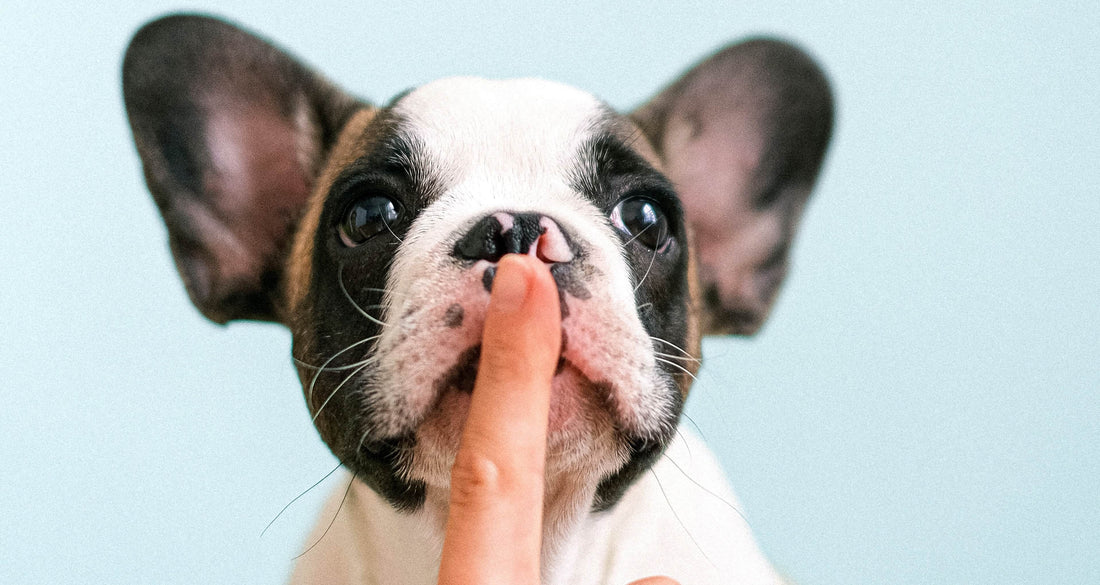
Let’s Talk Shit: All You Need To Know about your Dog’s Poop Colour
Share
Let’s face it. While we look forward to our daily strolls with our fur pals, picking up after their poo ain’t the highlight. However, it is an important indicator of their health and are more than often tell-tale signs of what you should be looking out for.
1. Overly firm/dry dog poop, or comes out as pellets
- Could be a result of slow digestion or dehydration
- Encourage more water consumption, provides fibres such as fruits or change their diet
2. Liquid diarrhea/loose stools
- Do note that an occasional soft or loose stool is normal so long as it does not persist for days on end
- If diarrhea/soft stool is persistent or occurs on a daily basis, you should be concerned
- Diarrhea/soft stools can be caused by:
- Bacterial infection
- Viral infection
- Pancreatitis
- Intestinal parasites
- Food hypersensitivity
- If your dog has persistent diarrhea, please consult your veterinarian
- If your dog has soft/loose stool, you could attempt to strengthen your pet’s gut health with probiotics such as milk kefir or herbal remedies such as tree bark powder etc. Please consult your veterinarian if conditions do not improve.
FOR YOUR PET’S SAFETY, ANYTHING OTHER THAN NORMAL BROWN POOP SHOULD WARRANT A VET VISIT.
3. Light/Dark Brown dog Poop
- Brown poop is normal and can vary in shades of brown depending on their diet
- Healthy dog poop should have a somewhat consistent shape and be neither too firm nor too soft
4. White specks/spots on brown dog poop
- If your pet’s poop has white specks, these white specks could be intestinal parasites, particularly tapeworm
- Please see your veterinarian
5. Dark green/ green dog poop
- Green poop can mean that your pet has ingested too much plant material
- Persistent green dog poop can be an indication of gastrointestinal upset that can be caused by multiple factors:
- Bacterial infection
- Intestinal parasites
- Intestinal/gallbladder disorders
- Ingestion of rat poison
- Please consult your veterinarian if green poop persists.
6. Orange/yellow/mustard dog poop
- Bile is usually what causes poop to look yellow
- This could be caused by indigestion such that the food passes through the gastrointestinal tract too quickly
- However, yellow poop could also be an indication of more serious such as liver /Biliary disease
- Please consult your veterinarian if yellow poop persists.
7. Red dog poop
- Red poop or streaks of red on brown poop is typically caused by bleeding in the lower intestinal tract such as the large intestine, colon or rectum
- Please see your veterinarian immediately
8. Black dog poop
- Black colour in poop could be from partially digested blood in the stomach
- This can be an indication of ulcerations or intestinal parasites in your pet’s gastrointestinal tract
- Please see your veterinarian immediately
9. Pink/Purple dog poop
- Poop that resembles dark red jam, sometimes almost entirely purple is usually a sign of hemorrhagic gastroenteritis (HGE)
- HGE is potentially fatal disease if not treated
- Most dogs will recover when given immediate medical attention
- Please see your veterinarian immediately

1 comment
You are absolutely right. In it something is also to me it seems it is very good thought. Completely with you I will agree.